
Blog
The Future of Ecofriendly Take Out Food Containers
As the global demand for convenience continues to rise, the take-out food containers industry faces increasing scrutiny regarding its environmental impact. According to a report by the Environmental Protection Agency, over 24 million tons of food containers and packaging were discarded in 2018, illustrating the growing concern over plastic waste and its deleterious effects on the planet.

In response to this challenge, many businesses are turning to ecofriendly alternatives, with the global market for sustainable food packaging projected to reach $500 billion by 2028. Innovations in biodegradable materials, reusable options, and sustainable sourcing practices are at the forefront of this shift, highlighting the urgent need for the food service industry to adapt. This blog will explore the future of ecofriendly take out food containers, discussing the solutions available and how they can contribute to a more sustainable food system.
Emerging Trends in Ecofriendly Takeout Containers: What to Expect
As the demand for takeout food continues to rise—projected to reach $200 billion by 2025—so does the need for sustainable packaging solutions. A report by the McKinsey Global Institute highlights that the global market for eco-friendly packaging is expected to grow at a CAGR of 5.7%, reaching approximately $500 billion by 2027. This shift is driven by increasing consumer awareness about environmental issues and a desire for brands to reduce their carbon footprints.
Emerging trends in eco-friendly takeout containers include the use of biodegradable materials, such as plant-based polymers and recycled fibers. According to a study by Smithers Pira, biodegradable materials could account for nearly 25% of the total market share for food packaging by 2026. Brands are also innovating with packaging designs that encourage reuse, such as deposit return systems for containers. As restaurants and consumers alike prioritize sustainability, we can expect to see more innovative solutions that not only minimize waste but also enhance the overall dining experience.
Biodegradable Materials: The Science Behind Sustainable Packaging
 As the demand for ecofriendly take-out food containers rises, understanding the science behind biodegradable materials becomes essential. Biodegradable packaging is designed to break down more quickly than traditional plastics, reducing environmental impact. These materials typically comprise natural substances such as plant starches, cellulose, or even bamboo, which decompose through the action of microorganisms, returning nutrients to the soil.
As the demand for ecofriendly take-out food containers rises, understanding the science behind biodegradable materials becomes essential. Biodegradable packaging is designed to break down more quickly than traditional plastics, reducing environmental impact. These materials typically comprise natural substances such as plant starches, cellulose, or even bamboo, which decompose through the action of microorganisms, returning nutrients to the soil.
To choose sustainable packaging, one should consider materials that are certified compostable. Look for containers that have passed ASTM standards, indicating they will decompose in a composting environment. Additionally, opt for packaging made from renewable resources; this not only promotes sustainable farming practices but also reduces reliance on fossil fuels.
When using biodegradable containers, it's also vital to educate consumers about their proper disposal. Encourage customers to separate these containers from regular waste and to compost them whenever possible. By fostering awareness and promoting responsible disposal practices, we can collectively lessen the ecological footprint of the food service industry.
Reusability Redefined: Innovative Reusable Takeout Options
As the demand for sustainable dining options continues to rise, innovative reusable takeout containers are redefining the future of ecofriendly food delivery. Many restaurants and food services are moving beyond the traditional cardboard and plastic packaging, opting for durable materials that can withstand multiple uses, thus reducing waste significantly. These new containers not only serve their primary purpose of safely delivering food but also enhance the dining experience with stylish designs and practical features.
One exciting advancement in reusable takeout containers is the introduction of smart technology. Some companies are now incorporating tracking systems that incentivize customers to return their used containers. By creating a closed-loop system, these innovations not only make reusability convenient but also foster a culture of sustainability within communities. Additionally, some of the latest designs are made from biodegradable materials, ensuring that, at the end of their lifecycle, they don't contribute to the pollution problem.
Furthermore, the rise of subscription services for reusable containers is making it easier for consumers to adapt to ecofriendly practices. Shoppers can receive meals in containers that are picked up and exchanged for fresh deliveries, streamlining the process while promoting environmental consciousness. This trend points toward a more sustainable future in the food industry, where convenience and ecofriendliness go hand in hand.

Local Solutions: Community-Based Initiatives for Ecofriendly Packaging
As communities increasingly recognize the need for sustainable practices, local initiatives for ecofriendly takeout food containers are gaining momentum. According to a report by the Ellen MacArthur Foundation, single-use plastic items, which include commonly used takeout containers, are expected to increase by 20% in the next five years if no intervention occurs. In response, many local organizations are prioritizing alternative packaging solutions that not only reduce waste but also promote community engagement.
One notable example is the rise of cooperative programs that focus on the use of compostable materials. Cities like San Francisco have implemented successful pilot programs wherein local restaurants adopt biodegradable packaging, resulting in a 30% reduction in landfill waste from takeout containers. These initiatives are often supported by local governments and environmentally-focused non-profits that provide resources, training, and incentives for businesses to switch to sustainable alternatives. By fostering collaboration among stakeholders, communities can create a robust framework for reducing plastic pollution while supporting local economies.
Such community-based solutions illustrate the power of localized actions in combating global challenges. With a growing awareness of the environmental impact caused by single-use plastics, these initiatives not only advance sustainability but also foster a sense of responsibility and pride among community members. Reports suggest that cities embracing these models have observed an increase in consumer support for businesses committed to ecofriendly practices, reflecting a shift in public attitudes towards sustainability in the food service industry.
The Role of Legislation in Promoting Sustainable Takeout Practices
The growing environmental concerns surrounding single-use plastics have prompted legislators to take action in promoting sustainable takeout practices. Recent reports indicate that around 300 million tons of plastic are produced each year, with a significant portion used in food packaging. As more jurisdictions implement stricter regulations on plastic containers, businesses are under increasing pressure to adopt eco-friendly alternatives. For instance, California's statewide ban on single-use plastic straws and containers has led to approximately a 30% reduction in plastic waste in urban areas.
To successfully transition to sustainable takeout practices, restaurants can explore a variety of eco-friendly options. Materials like bamboo, cornstarch, and recycled paper are not only biodegradable but also widely accepted by consumers. Reports from the National Restaurant Association show that 63% of diners prefer restaurants that offer sustainable packaging, highlighting clear consumer demand.
**Tip:** Businesses should engage with local legislators to advocate for reasonable phases of implementation, allowing time for both companies and consumers to adapt. Investing in biodegradable containers today not only complies with present regulations but also positions restaurants favorably for future eco-conscious trends.
Related Posts
-
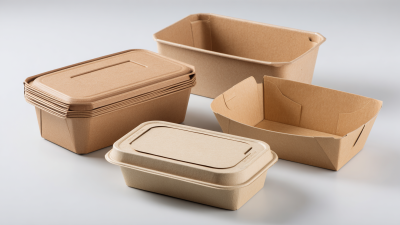
Revolutionizing Food Packaging Containers for 2025 The Ultimate Guide to Industry Trends and Innovations
-
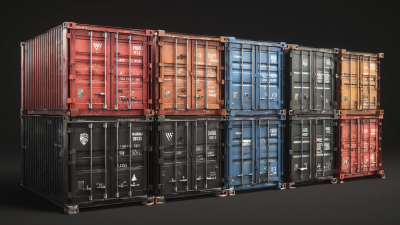
Understanding the Technical Specifications of the Best Plastic Shipping Containers with a Comprehensive Tutorial
-
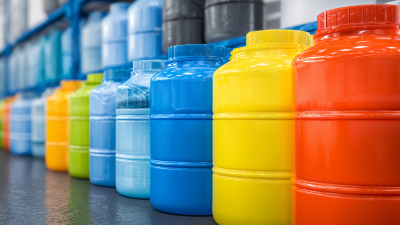
China's Commitment to Quality: The Rise of Best Plastic Gallon Containers on the Global Market
-
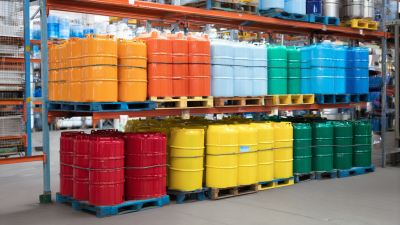
Ultimate Guide to Specifications of the Best Plastic Bulk Containers for Global Buyers
-
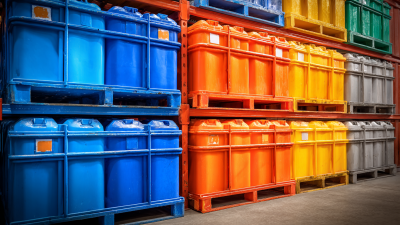
2025 Trends in Plastic Bulk Containers: A Comprehensive Guide to Innovations and Best Practices
-
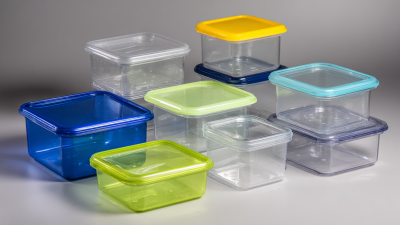
Finding Quality Suppliers for the Best Square Plastic Containers Made Easy
